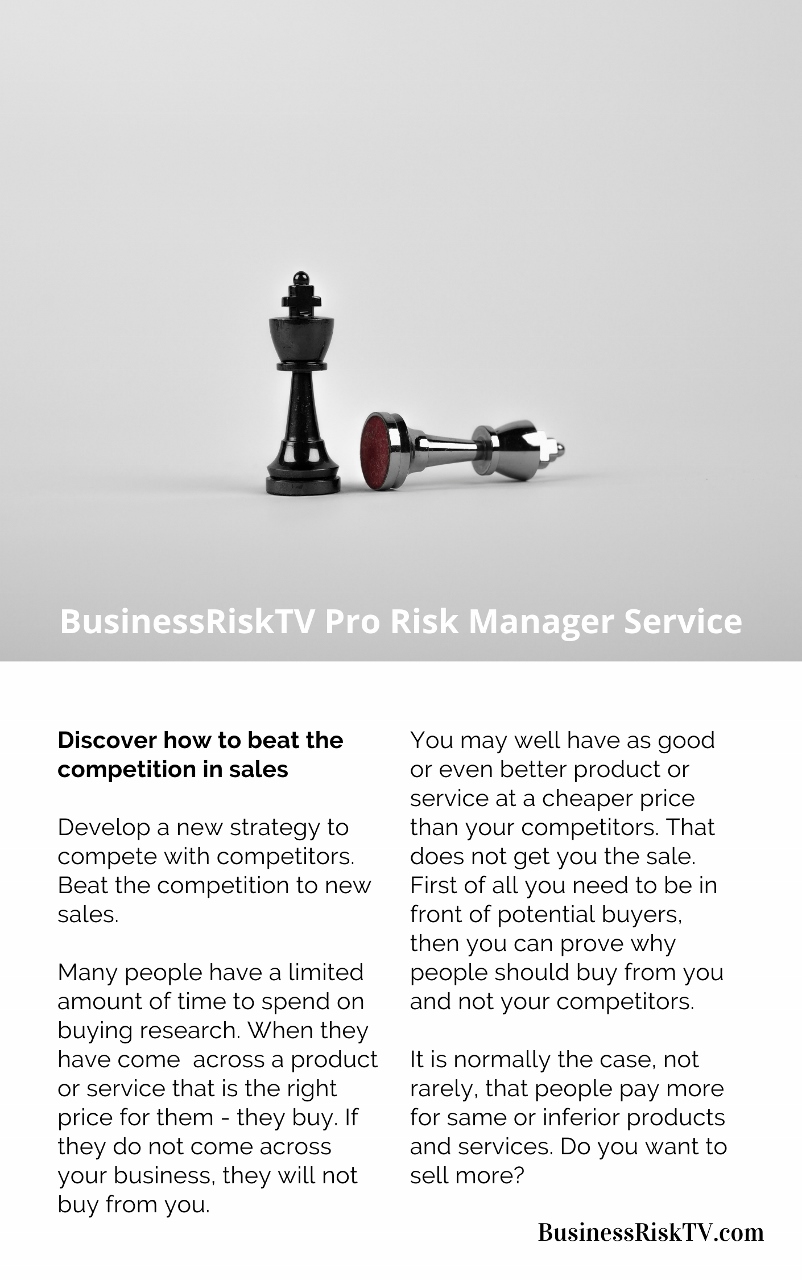Aligning Your Value Proposition with Your Business Goals: A Recipe for Success
In the ever-evolving landscape of business, the alignment of your value proposition with your business goals plays a pivotal role in determining the success and sustainability of your venture. Your value proposition is the unique combination of benefits and value that your products or services offer to customers, setting you apart from competitors. Meanwhile, your business goals outline the specific objectives and targets you aim to achieve. By aligning these two critical aspects, you can maximise customer satisfaction, drive growth, and ensure long-term profitability. In this article, we will explore effective strategies to align your value proposition with your business goals.
- Define Your Value Proposition To align your value proposition with your business goals, you must first define and articulate what sets your products or services apart from the competition. Start by understanding the core needs and desires of your target audience. Conduct market research, analyse customer feedback, and assess your competitors to identify unique selling points. Define the key features, benefits, and value that your offering provides, and craft a clear and compelling value proposition statement that communicates this to your audience.
- Understand Your Business Goals Next, gain a comprehensive understanding of your business goals. Your goals should be specific, measurable, achievable, relevant, and time-bound (SMART). They may include revenue targets, market share objectives, customer acquisition or retention goals, expansion plans, or product/service innovation. Ensure your goals are aligned with your long-term vision and overall business strategy. This understanding will serve as a foundation for aligning your value proposition effectively.
- Identify Overlapping Areas Once you have a clear understanding of your value proposition and business goals, identify the areas where they overlap. This involves finding the connection points between what makes your offering unique and the objectives you aim to achieve. For example, if your value proposition centre’s around exceptional customer service, and one of your business goals is to improve customer satisfaction, there is a clear alignment between the two. Identifying these overlapping areas will help guide your strategic decisions moving forward.
- Prioritise Alignment Opportunities Not all aspects of your value proposition may align perfectly with every business goal. It is crucial to prioritise alignment opportunities based on their impact and feasibility. Evaluate each overlapping area and determine the potential value it can bring to your business goals. Identify the areas that will have the greatest positive influence on achieving your objectives and focus your efforts on aligning those aspects first. This strategic prioritisation ensures efficient utilization of resources and maximises the chances of success.
- Refine and Adapt Your Value Proposition As your business evolves, it is essential to regularly refine and adapt your value proposition to ensure it remains relevant and aligned with your changing goals. Continuously monitor market trends, customer preferences, and competitive landscape to identify opportunities for improvement. Seek feedback from customers and stakeholders to gain insights into areas where your value proposition can be enhanced. By keeping your value proposition dynamic, you can better respond to market dynamics and stay ahead of the competition.
- Communicate and Educate Alignment between your value proposition and business goals should not remain confined to internal stakeholders; it must also be effectively communicated to your target audience. Craft compelling marketing messages that highlight the unique value your products or services offer in the context of your business goals. Educate your customers on how choosing your offering will help them achieve their desired outcomes. Consistent and clear communication builds trust, strengthens your brand, and reinforces the alignment between your value proposition and business objectives.
- Measure and Optimise To ensure ongoing alignment, establish clear metrics and measurement mechanisms to track the effectiveness of your aligned value proposition and business goals. Define key performance indicators (KPIs) that directly reflect the objectives you want to achieve. Monitor and analyse these metrics regularly to assess the progress and impact of your alignment efforts.Based on the insights gathered from your measurements, optimise your value proposition and business goals as needed. Identify areas of improvement, address customer pain points, and capitalise on emerging opportunities. Use data-driven decision-making to make informed adjustments that strengthen the alignment between your value proposition and business goals.
- Foster a Culture of Alignment Alignment should not be limited to a one-time exercise but rather ingrained in the culture of your organisation. Foster a collaborative and cross-functional environment where all teams and departments understand and contribute to the alignment between your value proposition and business goals. Encourage open communication, teamwork, and shared accountability. Regularly communicate progress, successes, and challenges to keep everyone aligned and motivated towards achieving the common objectives. Continuously learn and evolve. In today’s fast-paced business landscape, it is crucial to continuously learn and evolve to stay competitive. Embrace a culture of innovation and experimentation to explore new value proposition elements and business strategies. Stay abreast of industry trends, technological advancements, and customer expectations to identify opportunities for growth and improvement. By embracing a growth mindset and adapting to changing circumstances, you can proactively align your value proposition with emerging business goals.
More business risk management articles videos and profit enhancing ideas
Aligning Value with Goals





